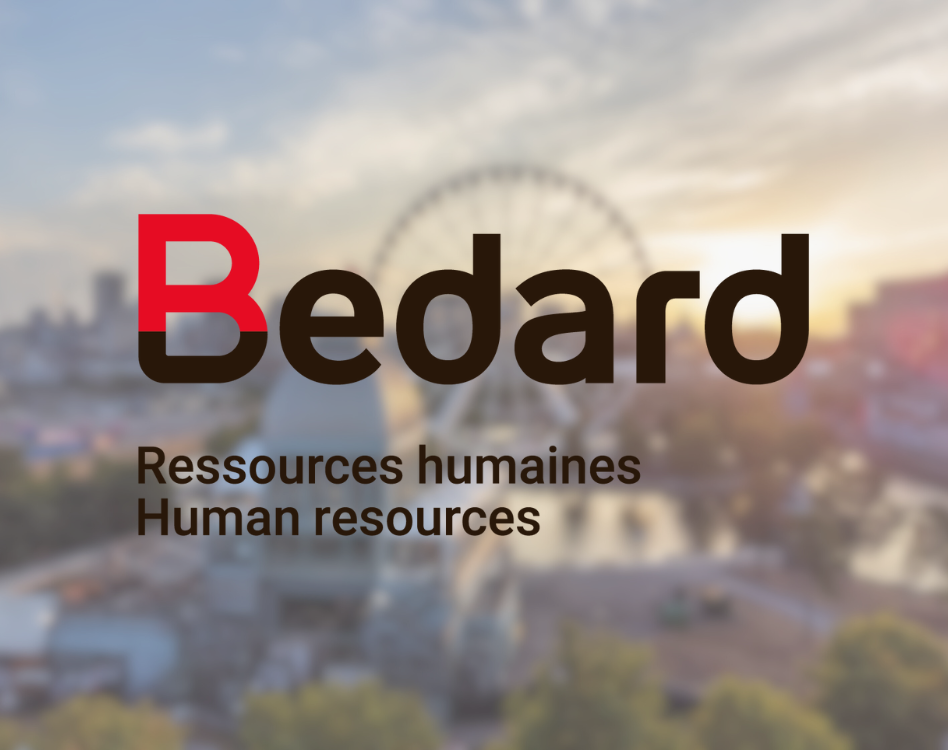Recognition is therefore one of the pillars of a solid retention strategy. As a result, it is essential for employers to encourage signs of appreciation among colleagues, from managers, and at the organizational level in general. We have written this blog post to help you identify recognition gestures that can make a difference.
Abstract Recognition Gestures
Showing appreciation starts with small, repeated gestures every day that become an integral part of the company culture. Constant positive feedback can be expressed in various ways:
- Thank your employees for their work and the favours they provide. This is basic politeness, but it can sometimes be forgotten in the midst of routines or emergencies.
- Highlight the strengths and progress of your employees. They need to feel that their efforts are not in vain, or they will potentially become unmotivated.
- Share positive feedback from clients, especially with the team or those directly involved. Everyone loves receiving compliments; your employees are no different.
- Celebrate important events in their personal and professional lives. This includes birthdays, of course, but also the birth of a child, marriage, maternity or paternity leave, years of loyal service within your company, etc.
- Openly acknowledge everyone’s successes and contributions, no matter how small. This is probably the most important feedback to give. Be sure to congratulate your team members in front of others for closing sales, completing training, finishing tasks faster than expected, helping an overwhelmed colleague, handling difficult clients masterfully, finding solutions to problems, organizing disorganized files, or preparing coffee for everyone in the morning. These are all gestures that deserve to be applauded.
Concrete Recognition Gestures
For positive feedback to be fully effective, it must be supported by formal and tangible rewards. Salary increases and promotions to higher hierarchical positions are the ultimate concrete recognition gestures. That said, there are many other ways to show your appreciation:
- Give a performance bonus.
- Allow remote or hybrid work.
- Offer thoughtful gifts.
- Organize activities for certain holidays like Halloween or Christmas.
- Lighten schedules to accommodate special circumstances.
- Grant a paid day off after a difficult contract.
To ensure nothing is overlooked, consider implementing an official recognition program. Clearly define encouraged behaviour and the rewards employees can earn.
Personalized Recognition Gestures
If you want to go further, you need to personalize your approach for each of your employees. This shows that you are attentive and proves your sincerity. Here are some examples of small gestures that make all the difference:
- Give a gift related to the employee’s interests (e.g., tickets to see their favourite band in concert, a gift card for their favourite store).
- Adjust an employee’s work hours based on their personal situation (e.g., so that they can pick up their children from daycare or school).
- Order from or go to the favourite restaurant of the person you are celebrating.
- Prepare a buffet that considers everyone’s dietary restrictions.
Recognition is a key element for companies wishing to promote their employees’ well-being and a positive corporate culture conducive to workplace happiness. This is why it has such a significant impact on employee retention. It is also associated with a host of benefits:
- Improved mental health
- Increased productivity
- Greater engagement
- Reduced turnover rate
- Improved work relationships
- Reduced absenteeism rate
- Increased creativity
- Decreased absence rate
In the end, a culture of recognition is a valuable investment that promotes the growth and success of your organization. Never underestimate the power of a simple “thank you”: it can transform your company.
At Bedard Human Resources, we can provide you guidance on the best ways to show your appreciation and help you develop an official recognition program. To learn more about our HR consulting services, contact Stéphane Pépin.




